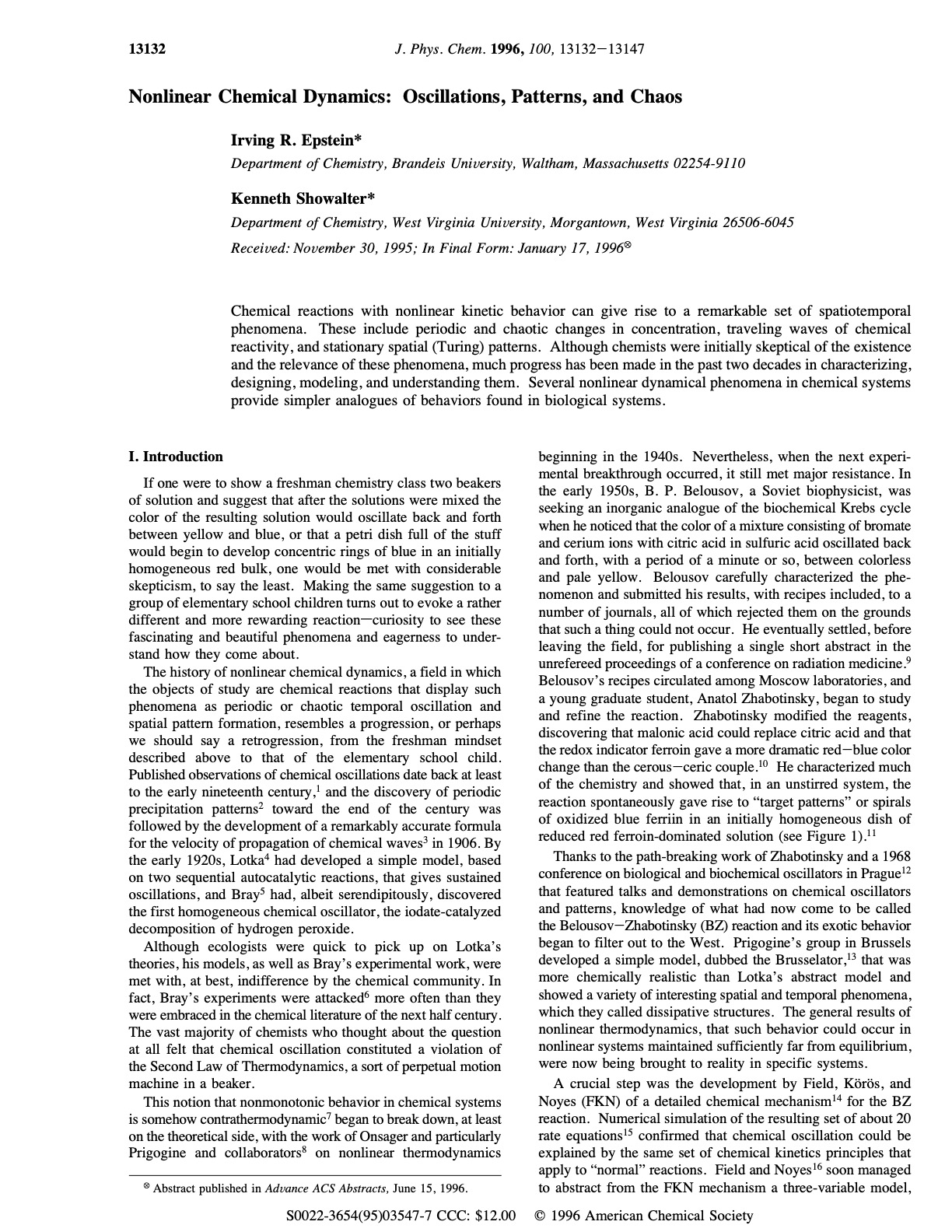Photography has long been a tool for capturing the beauty and intricacies of the world around us. From sweeping landscapes to microscopic wonders, the lens of a camera offers a glimpse into realms both seen and unseen. In the realm of nanotechnology, Atomic Force Microscopy (AFM) takes this exploration to a new level, allowing us to peer into the atomic and molecular structures of materials with unprecedented detail. When it comes to capturing weaving patterns such as Checkerboard, ZigZag, Circle, Square, and Diamond Patterns, selecting the right materials is crucial for achieving stunning AFM images. Here’s a guide to choosing the perfect materials and working with weaving patterns for AFM photography:
- Material Selection: The choice of material plays a vital role in AFM photography. Opt for materials that have well-defined structures and surface features conducive to imaging. Some common materials suitable for capturing weaving patterns include:
- Graphene: Known for its two-dimensional structure and atomic-scale thickness, graphene offers an excellent substrate for imaging weaving patterns. Its flat surface and high conductivity make it ideal for revealing intricate details with AFM.
- Silicon: Silicon wafers provide a stable and uniform surface for imaging. Their crystalline structure and smoothness make them suitable for capturing weaving patterns with high resolution.
- Polymers: Certain polymers, such as polyethylene terephthalate (PET) or polystyrene, exhibit well-defined patterns and textures suitable for AFM imaging. Choose polymers with regular structures conducive to weaving patterns.
- Surface Preparation: Proper surface preparation is essential for obtaining clear and detailed AFM images. Clean the surface of the material thoroughly to remove any contaminants or debris that may interfere with imaging. Depending on the material, methods such as ultrasonic cleaning, solvent rinsing, or plasma treatment may be employed to achieve a pristine surface.
- Weaving Pattern Generation: Experiment with different weaving patterns to find the most visually striking designs for AFM imaging. Checkerboard, ZigZag, Circle, Square, and Diamond Patterns are classic motifs that offer a variety of geometries and symmetries to explore. Use software tools or physical weaving techniques to create these patterns on the surface of the chosen material.
- Sample Mounting: Carefully mount the prepared sample onto the AFM stage, ensuring it is securely positioned for imaging. Use specialized mounting techniques, such as adhesive tapes or vacuum chucks, to minimize sample movement and vibration during scanning.
- Optimization of AFM Parameters: Adjust the AFM parameters, including scan speed, tip-sample interaction forces, and imaging mode, to optimize image quality and resolution. Fine-tune these parameters to enhance contrast and detail, especially when imaging intricate weaving patterns with varying heights or surface roughness.
- Image Acquisition: Take multiple scans of the sample surface to capture different regions and perspectives of the weaving patterns. Experiment with different scan sizes and resolutions to balance image quality with scan time. Ensure consistent scanning conditions across all images to maintain uniformity and comparability.
- Data Analysis and Interpretation: After acquiring AFM images of weaving patterns, analyze the data to extract quantitative information such as pattern dimensions, periodicity, and surface roughness. Use image processing techniques and software tools to enhance visualization and extract meaningful insights from the captured images.
By following these guidelines for selecting materials and working with weaving patterns in AFM photography, you can unlock a world of intricate textures and structures hidden beneath the surface. Whether unraveling the mysteries of graphene or exploring the beauty of polymer weaves, AFM offers a powerful tool for capturing the essence of weaving in all its geometric glory.





